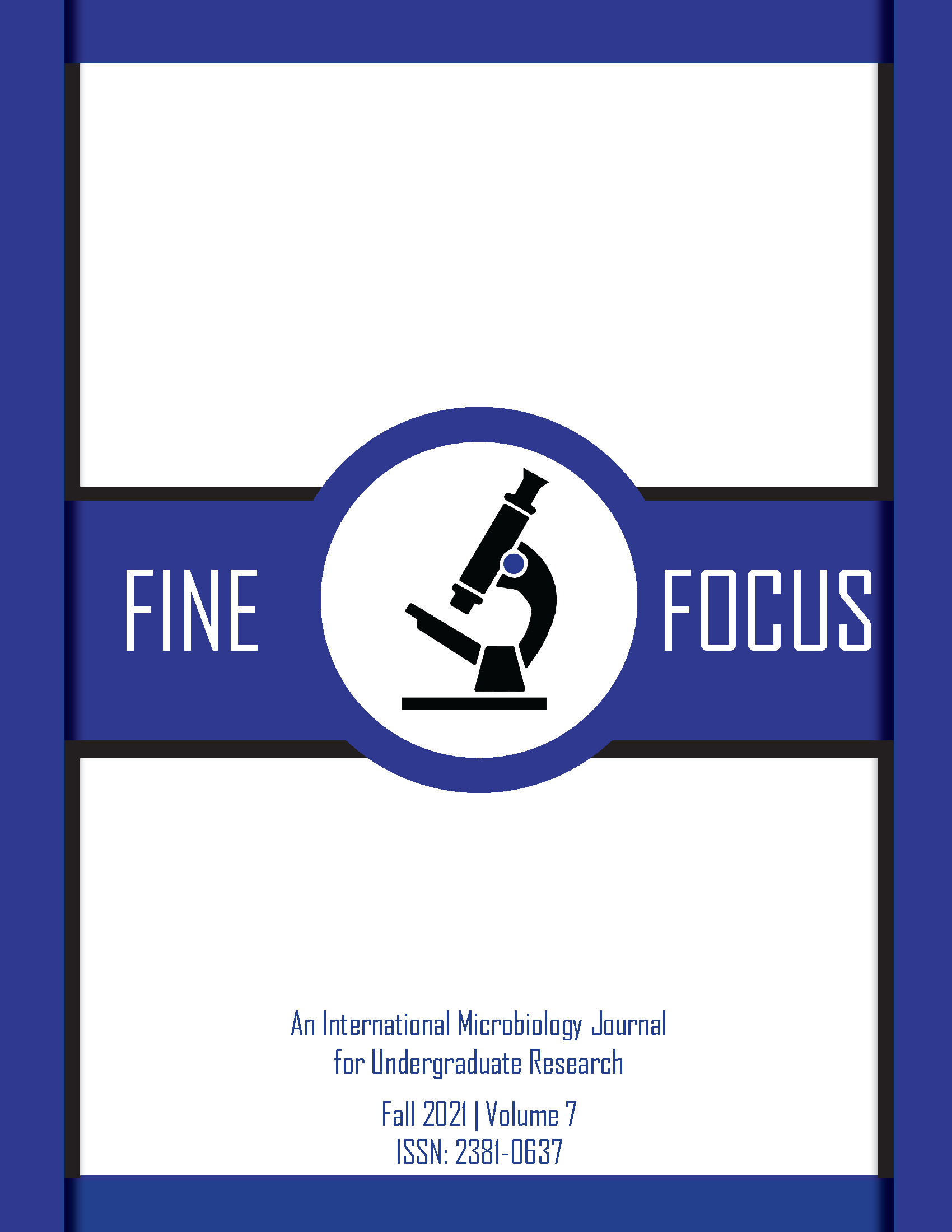Anti-proliferation of Melanoma Cells and Immune Stimulation by the Cyanobacterial Indole-alkaloid Scytonemin
DOI:
https://doi.org/10.33043/FF.7.1.54-63Keywords:
scytonemin, melanoma, spleen cells, anti-proliferativeAbstract
Under the stress of ultraviolet radiation some cyanobacteria synthesize scytonemin, a protective pigment against DNA photodamage. In addition to photoprotection, scytonemin has been shown to have an anti-proliferative effect on various types of malignant cells. In this study the effect of scytonemin on melanoma and spleen cells was assessed both in vitro using tissue cultures and in vivo in mice models. Melanoma and spleen cells were exposed to 0.08 to 10 μM of scytonemin, and cell proliferation was measured using tritiated thymidine uptake. The data suggest that scytonemin acts as an inhibitor for melanoma cells in a concentration-dependent manner while enhancing the proliferation of spleen cells, suggesting that it can potentially augment the immune response. Furthermore, mice injected with melanoma cells and scytonemin produced fewer tumors than mice that did not receive scytonemin, although the data were not significant. This study adds to the growing body of research that scytonemin may be beneficial as a future anticancer agent to prevent tumor cell growth.
Downloads
References
Bebout BM, Garcia-Pichel F. 1995. UV-B-induced vertical migrations of cyanobacteria in a microbial mat. Appl Environ Microbiol 61:4215-4222.
Briles EB, Kornfeld S. 1978. Isolation and metastatic properties of detachment variants of B16 melanoma cells. J Natl Cancer Inst 60:1217-1222.
CDC. 2020. Skin Cancer. https://www.cdc.gov/cancer/skin/statistics/index.htm. Accessed
Ehling-Schulz M, Bilger W, Scherer S. 1997. UV-B-induced synthesis of photoprotective pigments and extracellular polysaccharides in the terrestrial cyanobacterium Nostoc commune. J Bacteriol 179:1940-1945.
Garcia-Pichel F, Castenholz RW. 1991. Characterization and biological implications of scytonemin, a cyanobacterial sheath pigment. J Phycol 27:395-409.
Garcia-Pichel F, Sherry ND, Castenholz RW. 1992. Evidence for an ultraviolet sunscreen role of the extracellular pigment scytonemin in the terrestrial cyanobacterium Chlorogloeopsis sp. Photochem Photobiol 56:17-23.
Huang L, McCluskey MP, Ni H, LaRossa RA. 2002. Global gene expression profiles of the cyanobacterium Synechocystis sp. strain PCC 6803 in response to irradiation with UV-B and white light. J Bacteriol 184:6845-6858.
Jagger J. 1985. Solar-UV actions on living cells. Praeger, New York.
Pathak J, Mondal S, Ahmed H, Rajneesh, Singh SP, RP S. 2019. In silico study on interaction between human polo-like kinase 1 and cyanobacterial sheath pigment scytonemin by molecular docking approach. Biointerface Res Appl Chem 9:4374-4378.
Proteau PJ, Gerwick WH, Garcia-Pichel F, Castenholz RW. 1993. The structure of scytonemin, an ultraviolet sunscreen pigment from the sheaths of cyanobacteria. Experientia 49:825- 829.
Rastogi R, Sonani R, Madamwar D. 2015. Cyanobacterial sunscreen scytonemin: Role in photoprotection and biomedical research. Appl Biochem Biotechnol 176:1551-1563.
Reeke GN, Jr., Becker JW, Cunningham BA, Wang JL, Yahara I, Edelman GM. 1975. Structure and function of concanavalin A. Adv Exp Med Biol 55:13-33.
RStudio. 2018. RStudio: Integrated Development for R. RStudio, Inc., Boston, MA. http:// www.rstudio.com/.
Shibata H, Baba K, Ochiai H. 1991. Near-UV induces shock proteins in Anacystis nidulans R-2, possible role of active oxygen. Plant Cell Physiol 32:771-776.
Stevenson CS, Capper EA, Roshak AK, Marquez B, Eichman C, Jackson JR, Mattern M, Gerwick WH, Jacobs RS, Marshall LA. 2002. The identification and characterization of the marine natural product scytonemin as a novel antiproliferative pharmacophore. J Pharmacol Exp Ther 303:858-866.
Stevenson CS, Capper EA, Roshak AK, Marquez B, Grace K, Gerwick WH, Jacobs RS, Marshall LA. 2002. Scytonemin, a marine natural product inhibitor of kinases key in hyperproliferative inflammatory diseases. Inflammation Res 51:112-114.
Urbach F. 1997. Ultraviolet radiation and skin cancer of humans. J Photochem Photobiol B: Biology 40:3-7.
Zhang G, Zhang Z, Liu Z. 2013. Polo-like kinase 1 is overexpressed in renal cancer and participates in the proliferation and invasion of renal cancer cells. Tumor Biol 34:1887-1894.
Zhang G, Zhang Z, Liu Z. 2013. Scytonemin inhibits cell proliferation and arrests cell cycle through downregulating Plk1 activity in multiple myeloma cells. Tumor Biol 34:2241-2247.
Downloads
Published
How to Cite
Issue
Section
License
Copyright (c) 2021 Jadon Evans, Aaron Jones, Elliott Blumenthal, Tanya Soule

This work is licensed under a Creative Commons Attribution-NonCommercial-NoDerivatives 4.0 International License.
By submitting to Fine Focus, the author(s) agree to the terms of the Author Agreement. Beginning in Fall 2018, all authors retain copyrights associated with their article contributions and agree to make such contributions available under a Creative Commons Attribution-NonCommercial 4.0 International license upon publication in Fine Focus. Copyrights to articles published prior to Fall 2018 have been transferred from the authors to Fine Focus.



